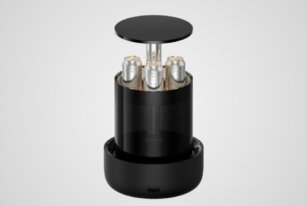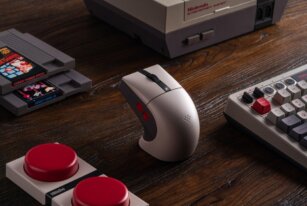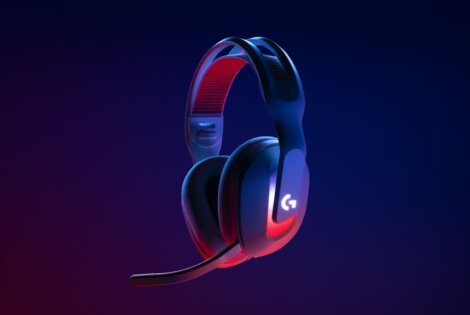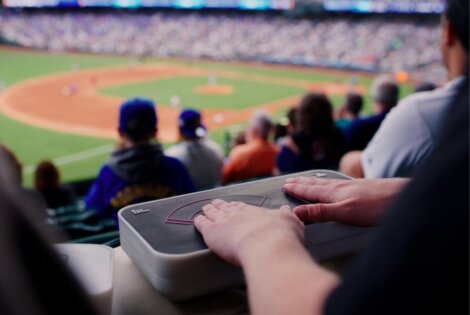Sony and Microsoft are already several years deep into their current generation home consoles, but Nintendo is yet to release a follow-up to the highly successful Switch. The hybrid handheld was originally launched in 2017 and has only received minor updates in the past few years and is due for a follow-up. Before that happens though, we might see the release of portable gaming devices like the PocketMan P1.
To be honest, Nintendo’s hesitance to follow in the footsteps of its rivals tells us they already know the formula for success. For years gamers have begged Sony for a sequel to the PlayStation Vita, but we’re due for a standalone streaming platform dubbed the Portal instead.
As for the PocketMan P1, Twig Studio’s Grzegorz Rozwadowski shows us how to pull off a premium design. This drool-worthy handheld gaming system opts for a sleek metal body with chamfered edges and an equally stunning rear cover.
Meanwhile, the screws are prominently in view to denote a robust construction and an industrial aesthetic. The metal in use here is likely aluminum but magnesium alloy is also a possible alternative. As for the form factor, the PocketMan P1 resembles a Game Boy.
We have a large screen up front with what looks like a monochrome display. At this point, it’s not clear if this is just a custom theme or if the panel is intentionally engineered for black-and-white hues only. As for the controls, everything a gamer could wish for is all here.
From the top, we have a circular D-pad, a dedicated menu button, four face buttons, select/start buttons, two analog sticks below, and four shoulder bumper buttons at the back. An illuminated power button and the unmarked button below it are positioned at the upper-right side of the frame.
Two speaker grilles are assigned on each flank for stereo audio output, while a USB-C port is located at the bottom of the PocketMan P1. There doesn’t seem to be any cartridge slots, which suggests games and other apps are directly downloaded into the system’s internal storage.
Discover More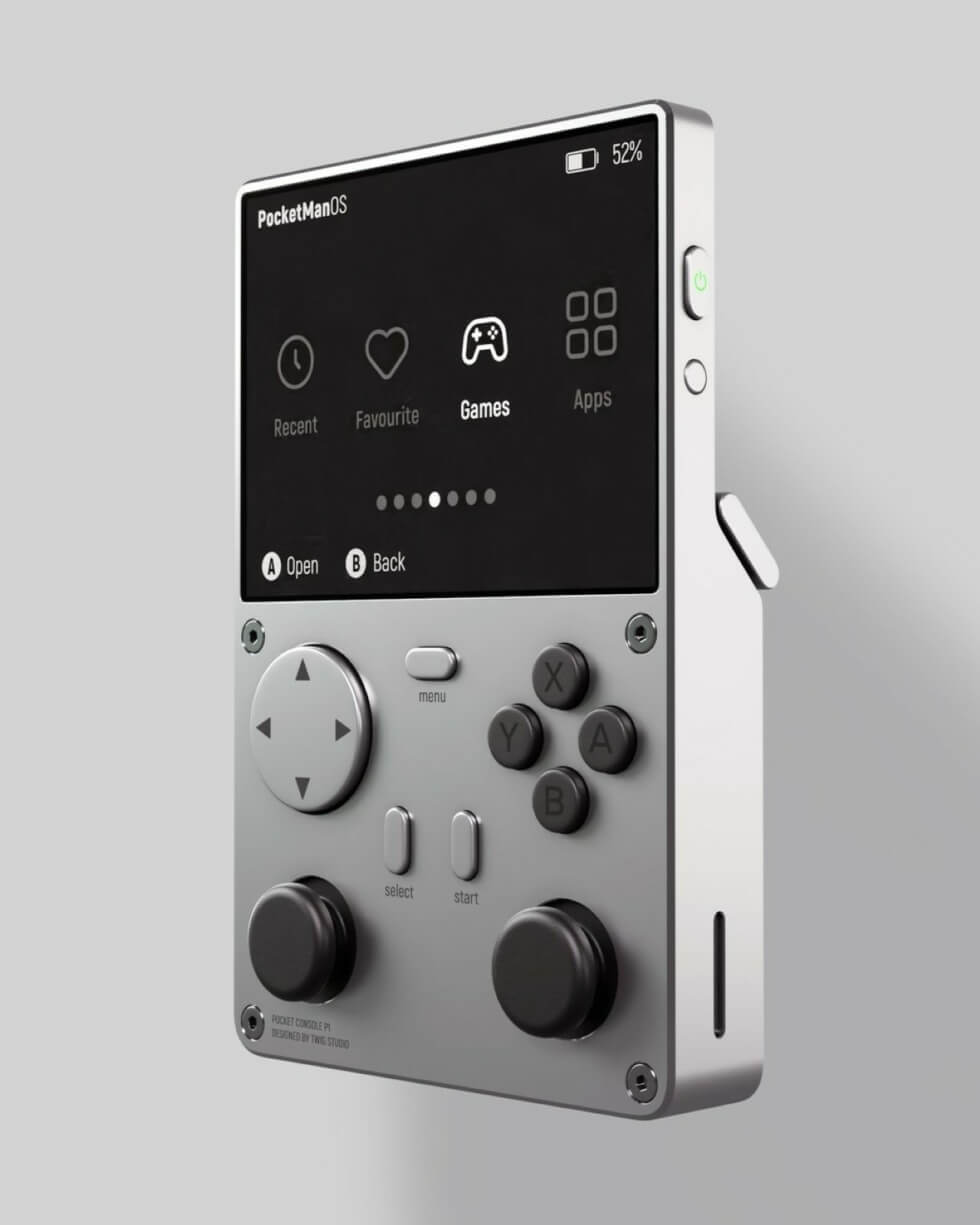
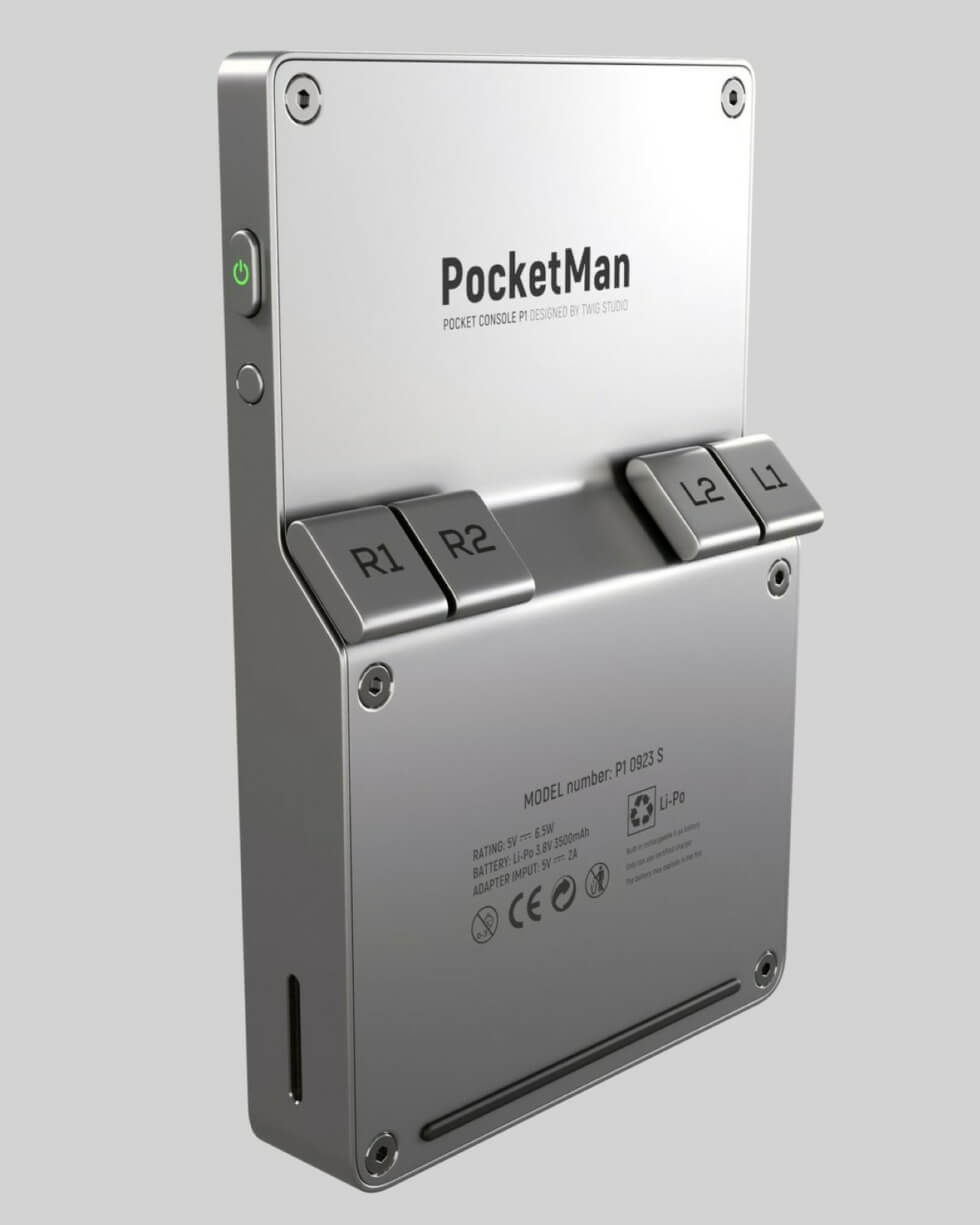
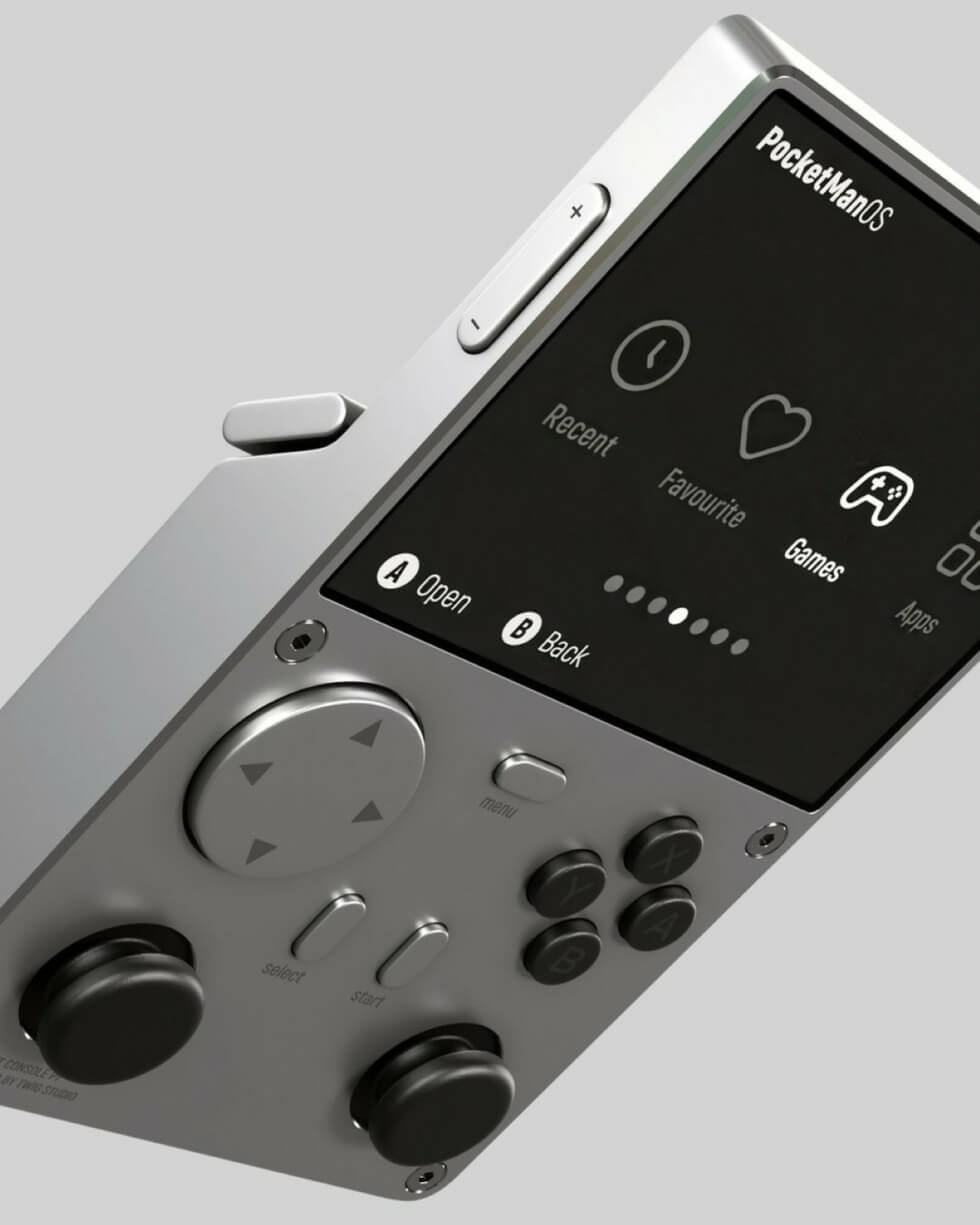
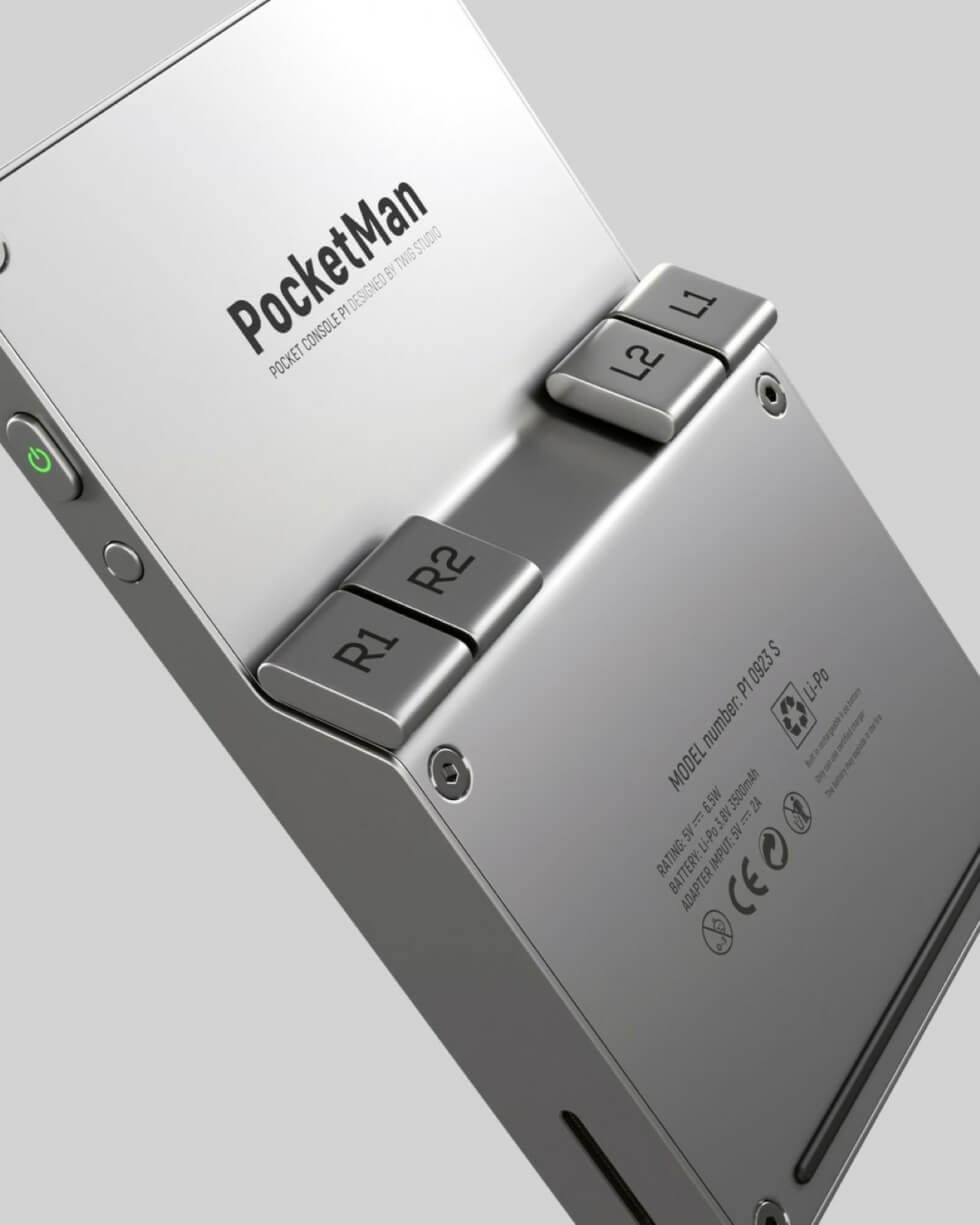

Images courtesy of Twig Studio/Grzegorz Rozwadowski


